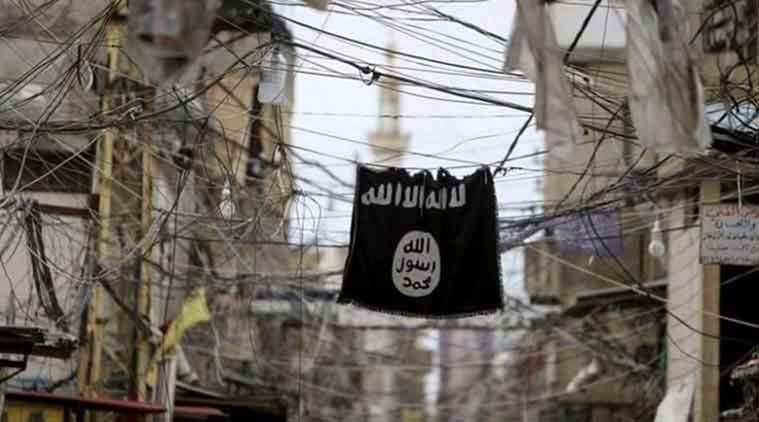
Written by Megan Specia
When the Islamic State raised its black flag over the Syrian city of Raqqa in early 2014, it began its transformation from fringe regional player to a fearsome global threat. By the end of that year, it had seized large stretches of territory in Iraq and Syria, creating a rogue state the size of Britain.
Evolution of ISIS, ISIS evolution, syria ISIS, islamic state, al-Qaida iraq, isis propaganda, indian express, india news, latest news
Now, that territory has been reduced to a sliver of land along the Euphrates River in southeastern Syria. Thousands of fighters remain in the region, but they have gone underground, carrying out quick strikes in the region and continuing to promote their ideology worldwide.
Here are some of the major moments in the group’s evolution:
From fringe group to major player
The Islamic State traces its roots to al-Qaida in Iraq, an offshoot of the terrorist group that attacked the United States on Sept. 11, 2001. The Iraqi affiliate started an insurgency that pushed Iraq to the brink of civil war in 2006 and 2007, before it suffered defeat at the hands of U.S. troops and local militias.
By 2013, remnants of the Qaida affiliate had rebranded themselves the Islamic State of Iraq and Syria, or ISIS, and had identified opportunities in Syria, which was in the third year of its civil war. The Islamic State leader, Abu Bakr al-Baghdadi, an Iraqi, was the architect of the group’s push to seize territory and declare its own state.
In Syria, the group exploited the power vacuum created when rebels wrested large parts of the country’s north and east from the government of President Bashar Assad. The Islamic State pushed out moderate rebels, easily seizing strategic territory.
The group pushed into the northeastern Syrian city of Raqqa that year and consolidated control by January 2014, making the city its capital.
Even then, many in the Western world had not heard of the group. That would not last long.
ISIS seizes Mosul and declares its caliphate
In the spring and summer of 2014, the Islamic State rampaged across eastern Syria and northwestern Iraq, seizing city after city, including Mosul, Iraq’s second largest. The Islamic State officially declared its “caliphate” in June of that year and urged foreign fighters to come to the region to take up arms.
Days later, al-Baghdadi, who had not been seen in public for years, delivered remarks in the Great Mosque of Mosul, reaffirming himself as the leader, or caliph, of the self-declared state.
As the Islamic State grew, it lured recruits to the region for its jihad and attracted supporters who carried out attacks worldwide. At the height of its power, the Islamic State had an estimated 40,000 recruits from 100 countries.
ISIS steps up executions and propaganda
The group’s propaganda reach grew with its territorial ambitions. In 2014, it began publishing a slick online magazine, Dabiq, to bolster support for its ideology and activities.
The world watched in horror as the Islamic State released a stream of videos showing the killings of international journalists and aid workers seized in Syria. It began in August 2014 with footage of the beheading of James Foley, an American journalist who had been held by the group for two years. The clips appeared to be a response to the start of U.S. airstrikes against the group.